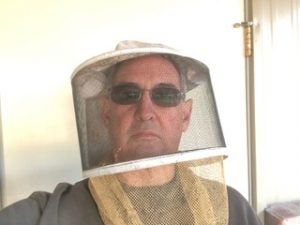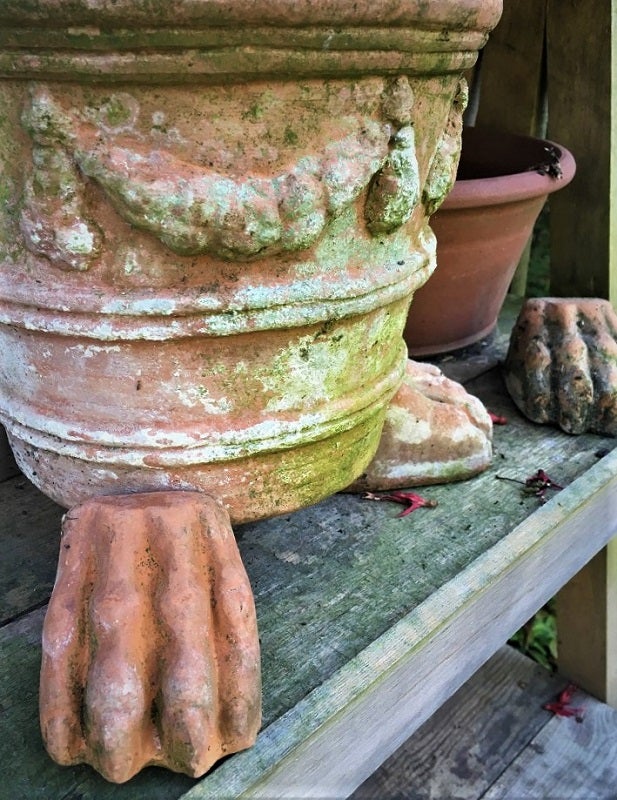Do honeybees hibernate?
Published 11:26 am Saturday, November 9, 2019
I never see honeybees in the winter so they must hibernate. The answer it that statement is no they don’t hibernate as bees don’t really sleep.
But it is true they don’t leave the hive when the temperature gets low. When the temperature gets into the mid 50’s bees will rarely fly outside the hive. As temperatures drop the colony of bees form a mass of bees around the eggs and brood to keep the brood area temperature in the 90’s.
Bees will shiver and produce body heat to keep other bees and brood warm. The colder the temps the tighter the mass of bees becomes.
Most of us know bees prepare for winter by storing honey and pollen in the hive so they can eat. Bees do a lot more that that to prep for winter. In the fall the queen will reduce the number of eggs she lays each day and by the start of the New Year, she may stop laying altogether.
A strong hive may contain 40-50,000 bees in mid-summer but by the dead of winter, the numbers may be down to 10,000 or so. Honeybees know fewer bees will consume less stored food. Thus, helping to ensure the survival of the colony.
Since bees don’t sleep, you can’t say they hibernate, in fact, they stay very much awake flexing shoulder muscles to produce heat, the bees will rotate from the center of the mass to outer edge allowing others to flex and keep the hive warm. It’s a community effort.
Here in southeast Texas, our temps will often rise into the 60s or maybe 70s and some of the bees will fly. Often the first bees to fly are the undertaker bees carrying out dead sisters and housekeeping bees carrying out rubbish from the hive. If the temps stay up for a few days more bees will fly looking for a little nectar or pollen.
Homeowners might have a colony of bees in an empty space in the eave or wall of a home and never know until warm spring days arrive. I am often called in March or April and told the bees just showed up only to find older comb and brood.
Here in South East Texas the queen will ramp up her egg-laying in mid-February and by mid-March or early April be laying 2000 to 2500 eggs a day. The queen wants the hive count to rise to 40-50,000 bees by late May to take advantage of our major nectar flows.
For a beekeeper, March is a critical time for our hives as March is when starvation is most likely.
If we have a warm February the queen may begin to lay earlier and faster being fooled by the weather and early abundance of nectar and pollen, the hive-bee counts rise quickly, honey consumption increases, a cold spell and lots of rain follow the stores of honey are exhausted and the hive starves.
February/March 2019 was a prime example of this very action. Late February 2019, the bees were looking really good, hives active, lots of brood. Then a late cold spell and several days of non-stop rain, all of a sudden we had lots of struggling hives with nothing left to eat.
If you are interested in beekeeping or just want a little more info on Honeybees, a group of local beekeepers meets on the first Tuesday of every month at the La Cantina Restaurant on MacArthur Drive Orange. We meet at 6 pm and all are welcome.
Support Orange County Beekeepers buy your honey from one of them. Get REAL TEXAS HONEY not just something imported from ASIA and labeled as Texas honey.







